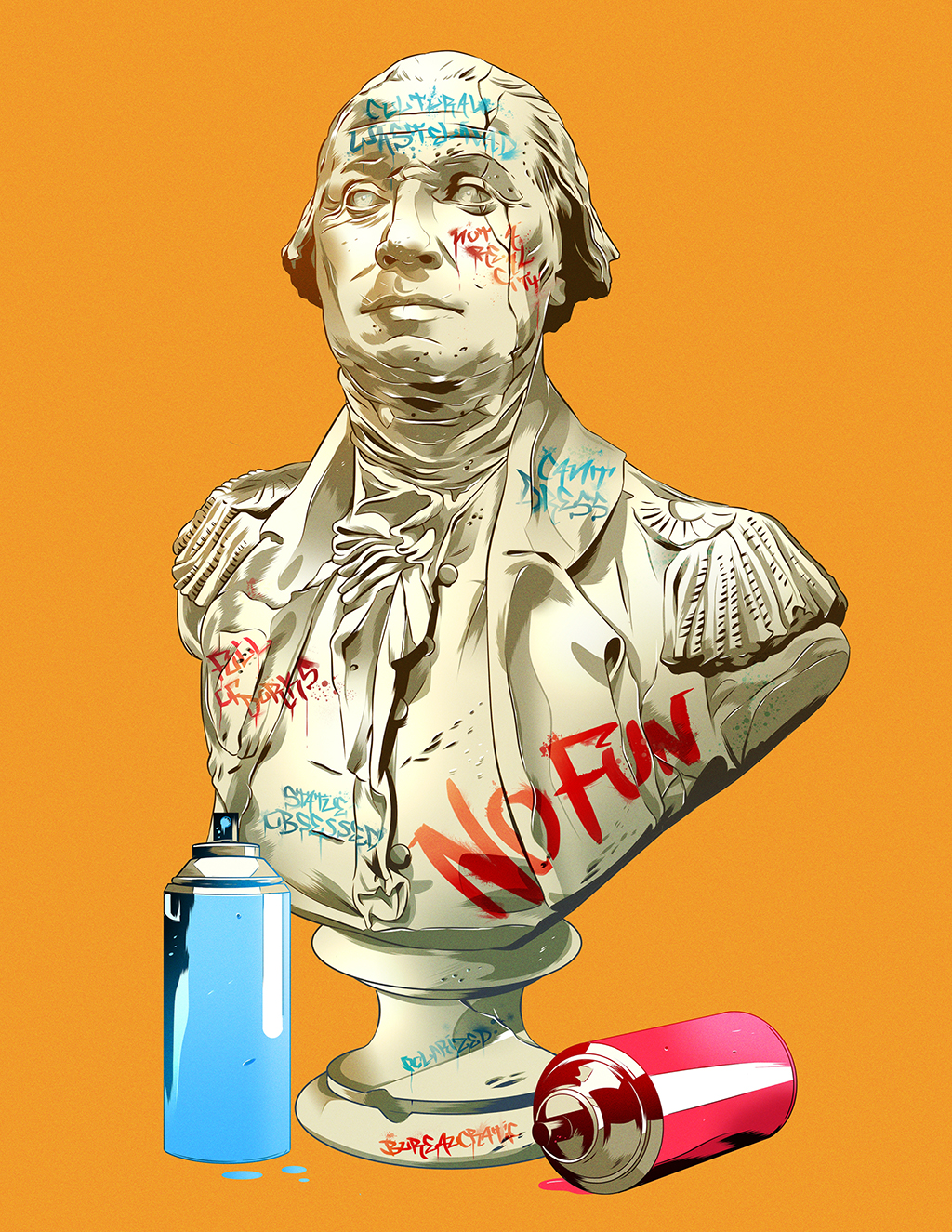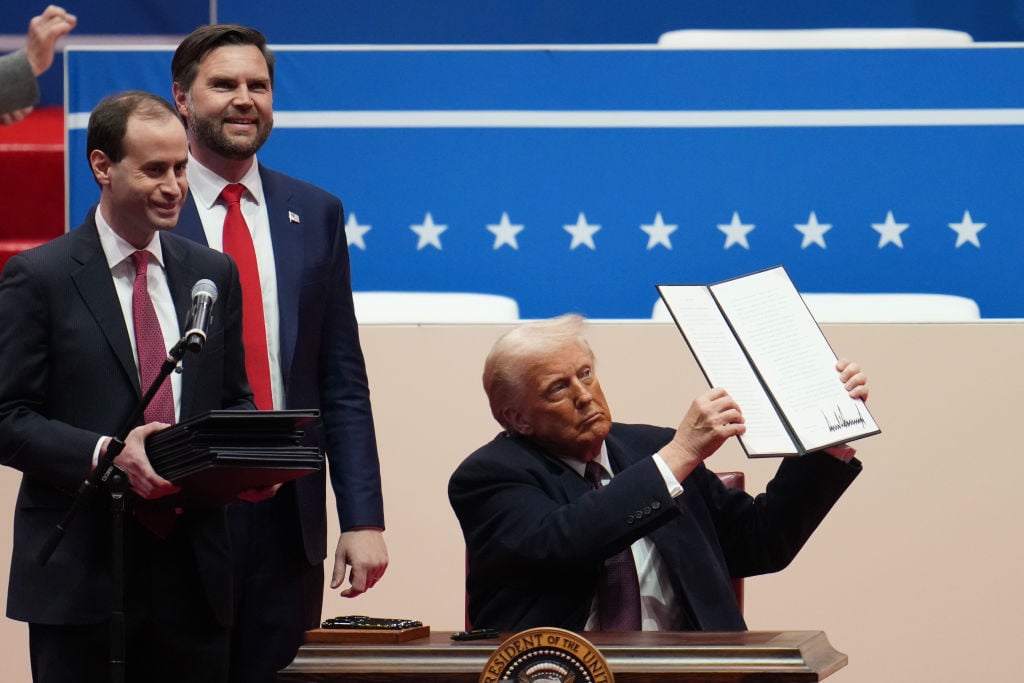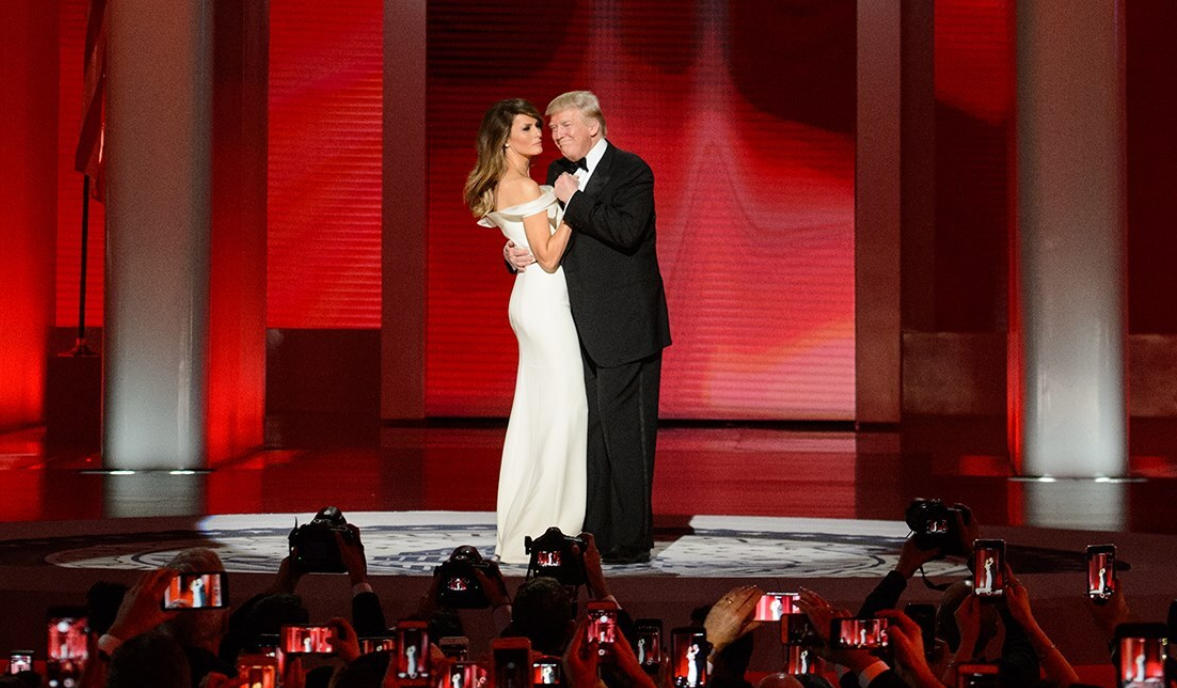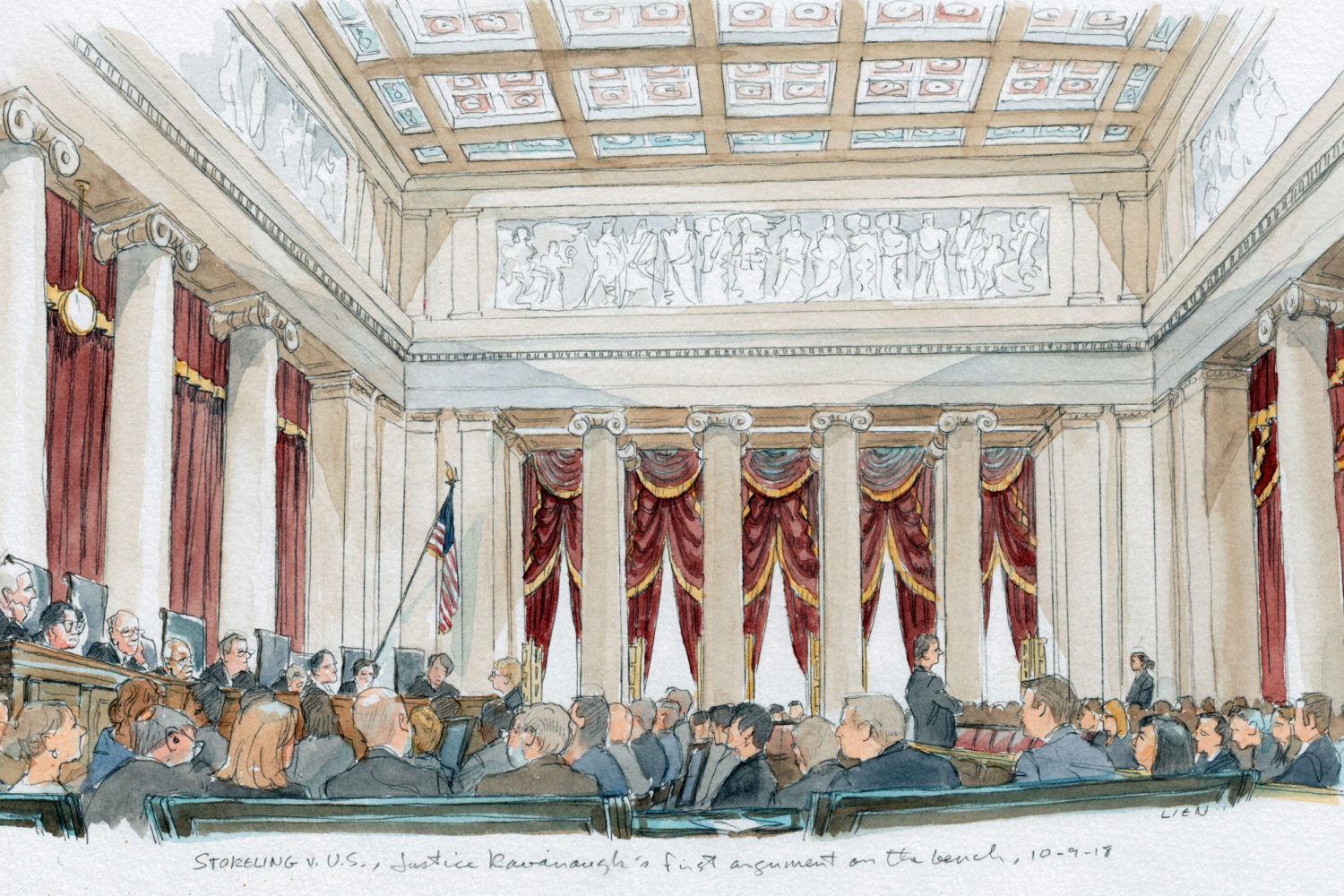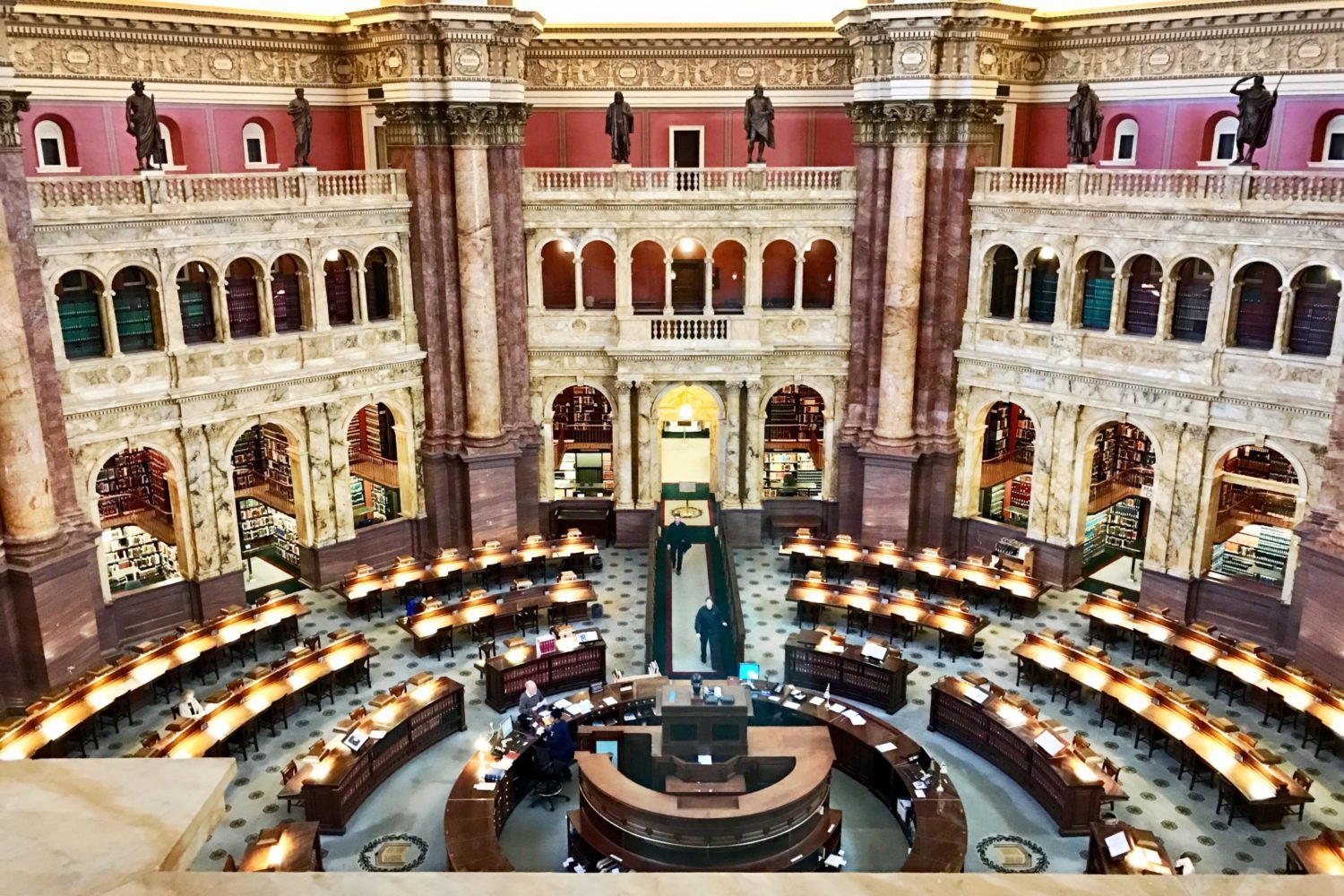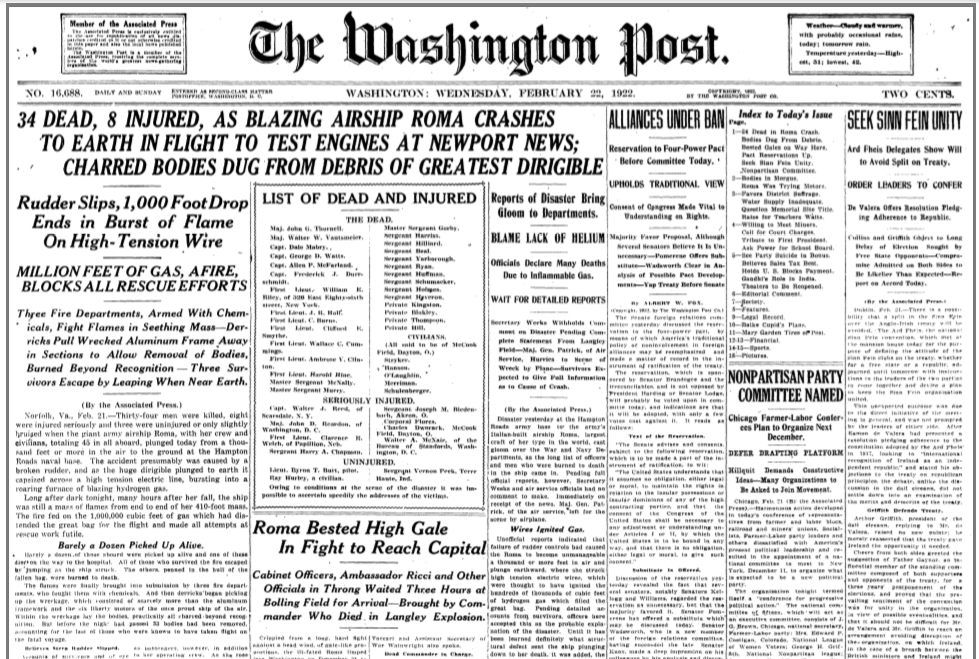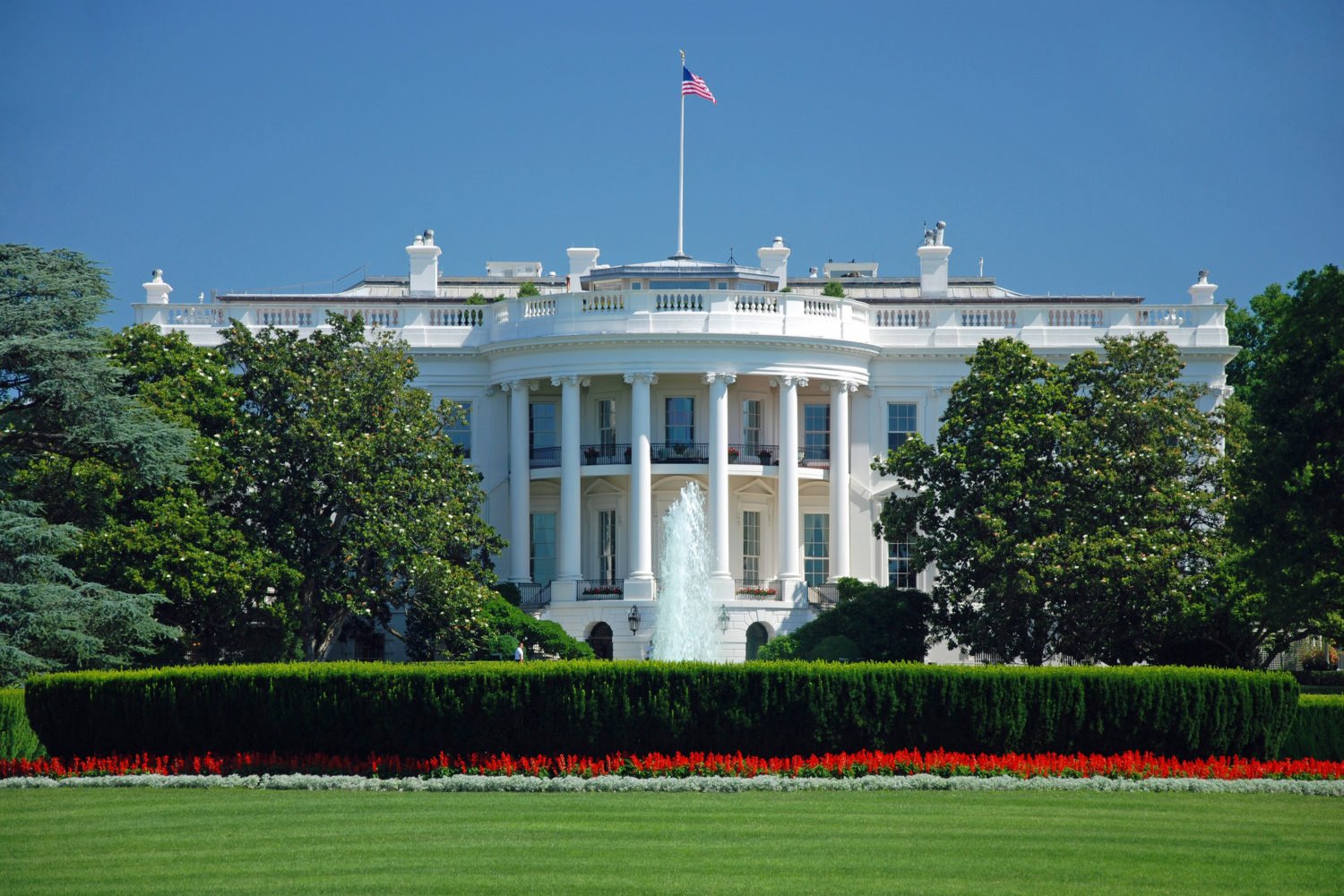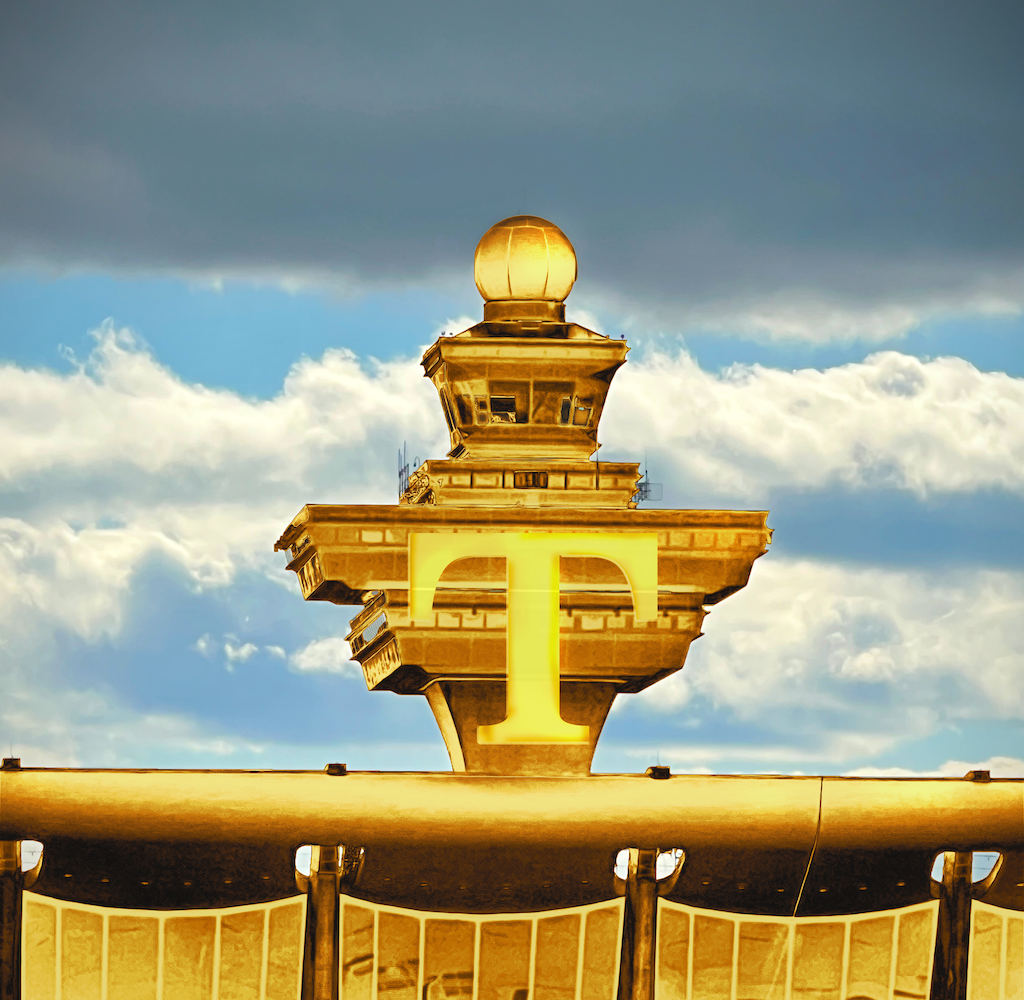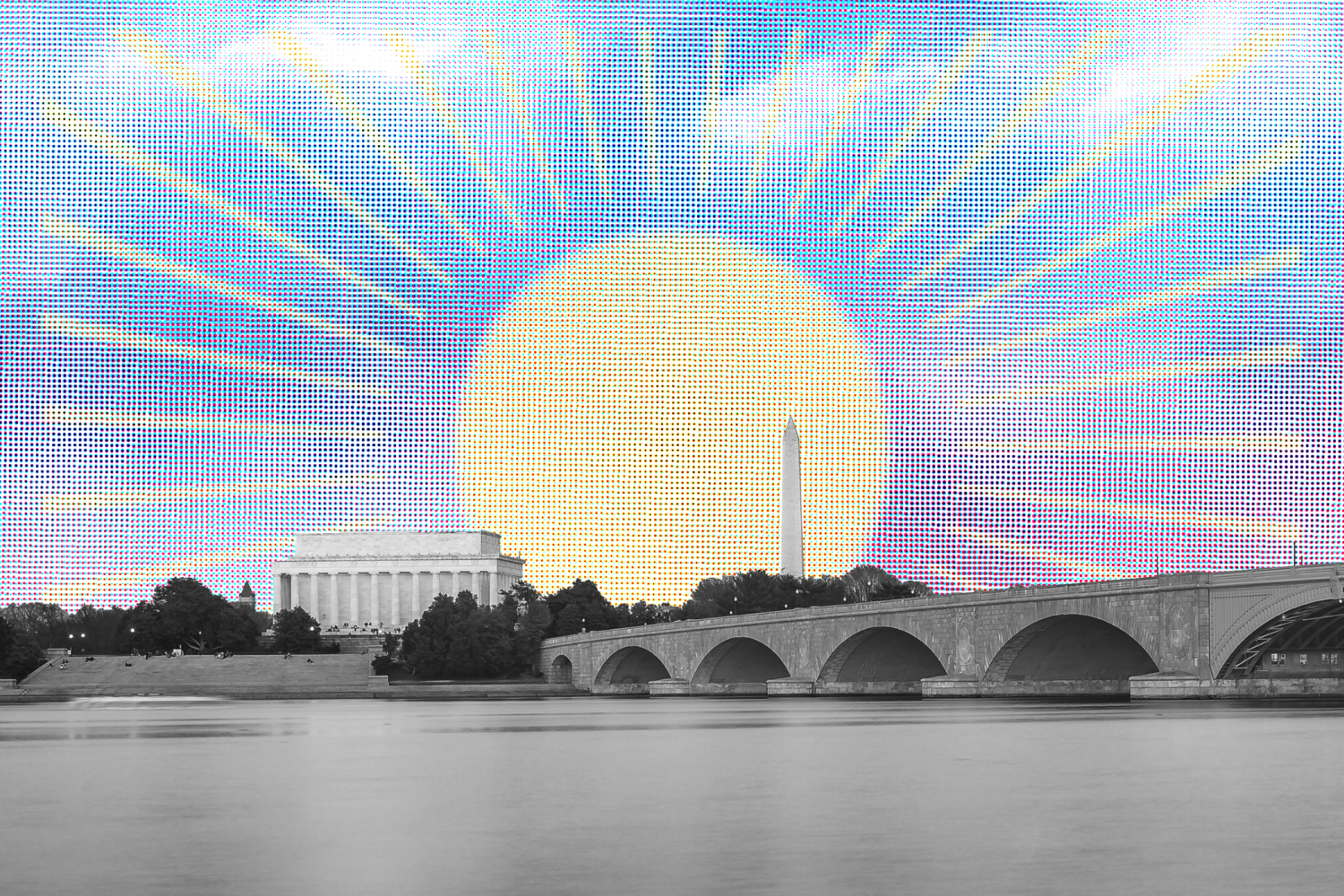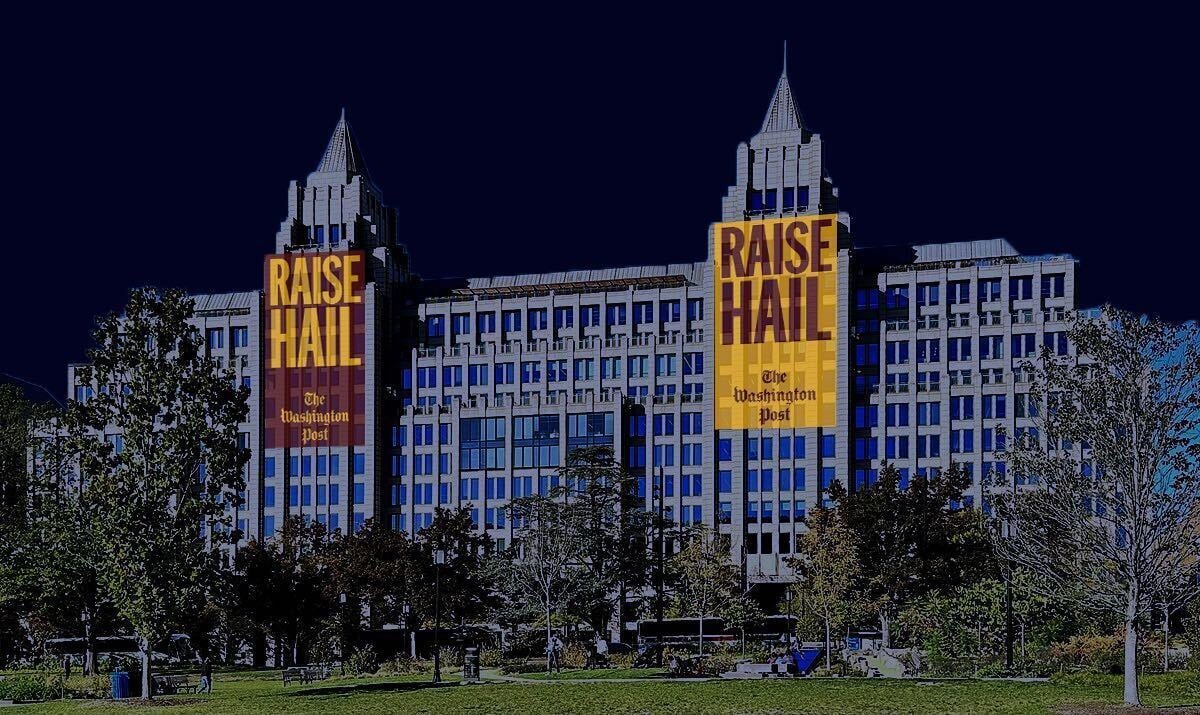Washington-hating is as old as the Republic.
The deal that made DC the nation’s capital was forged behind closed doors in 1790, just a year after the Constitution went into effect. It happened when Thomas Jefferson, James Madison, and Alexander Hamilton met over dinner to resolve the issue: The Virginians got a capital on the Potomac while Hamilton got the federal government to assume state debts.
Critics pounced. In the musical Hamilton, the character of Aaron Burr assails the backroom deal: “No one really knows how the game is played / The art of the trade / How the sausage gets made . . . . / No one else is in / The room where it happens.”
The skepticism shouldn’t have been a surprise: The American Revolution had been fueled by an aversion to concentrated power in the court of George III. The new nation viewed its capital through that same suspicious lens—but the suspicions would change along with the circumstances of the country.
A generation after the creation of the capital city, Andrew Jackson, the first President of common birth, became the tribune for Americans outside the moneyed classes who resented how New England and Virginia elites monopolized control of the government. When he lost the presidency in 1824 despite winning the popular vote, his supporters decried a “corrupt bargain” that insiders allegedly struck to deny him the job.
A generation later, anti-Washington sentiment focused on party machines that were blamed for letting banks, railroads, and big business amass influence. Henry Adams captured the popular view of the city as a den of insider log-rolling in his 1880 novel, Democracy. The story traces the alienation of Madeleine Lee, who comes to Washington enchanted by its vitality, only to depart cynical about its denizens’ greed and ambition.
If New England gentlemen such as Adams harbored cynicism about politics in the Gilded Age, so did the hard-pressed farmers and unemployed workers who manned the Populist uprising. In 1894, Jacob Coxey gathered thousands of supporters, dubbed Coxey’s Army, to march on Washington to protest the government’s refusal to ease their debt. When William Jennings Bryan wrested the Democratic nomination in 1896, cartoons portrayed him and his Populist forces advancing on Washington as if they were an enemy redoubt.
In the 20th century, as Presidents began to use government to address economic and social problems, anti-Washington feeling changed. Now the barbs came from the right, which regarded Franklin Roosevelt as a dictator and his reforms as socialistic. In the new conservative demonology, hives of bureaucrats usurped decision-making that properly resided with the people. McCarthyism continued this worldview: Red-baiters targeted not just Soviet spies but Ivy League–educated Washington appointees who they believed were allowing government to rot from within.
By the 1960s, both the New Left and the New Right were assailing the unresponsiveness and profligacy of the political establishment—and both parties turned to outsider presidential candidates. In the post-Watergate mood of 1976, Jimmy Carter set the template for Democrats by decrying the duplicity and decadence of the insider class and promising a government as good as its people. In 1980, Ronald Reagan turned the tables on Carter, presenting himself as a white knight come to rescue the nation from a failing economy, rising crime, social disarray, and America’s worsening global position.
But Democrats didn’t cede the anti-Washington idiom. Even as upbeat a candidate as Bill Clinton, in his first inaugural address, called the city “a place of intrigue and calculation [where] . . . powerful people maneuver for position . . . forgetting those people whose toil and sweat sends us here.” Clinton’s strongest moments—prevailing in the budget battles with Republicans, withstanding impeachment—came when he struck voters as their man, fending off forces of business as usual in the capital.
Bureaucracy, big money, power in the hands of out-of-touch leaders—anti-Washington animus has flourished in many eras. Yet for all the perennial promises to reform the place, it remains the object of suspicion and denunciation. That, too, shouldn’t surprise us. If they all agreed that Washington worked, what would there be to run against?
David Greenberg, a professor of history at Rutgers University, is the author of “Republic of Spin: An Inside History of the American Presidency.”
This article appears in our Defense of Washington feature in the March 2016 issue of Washingtonian.

